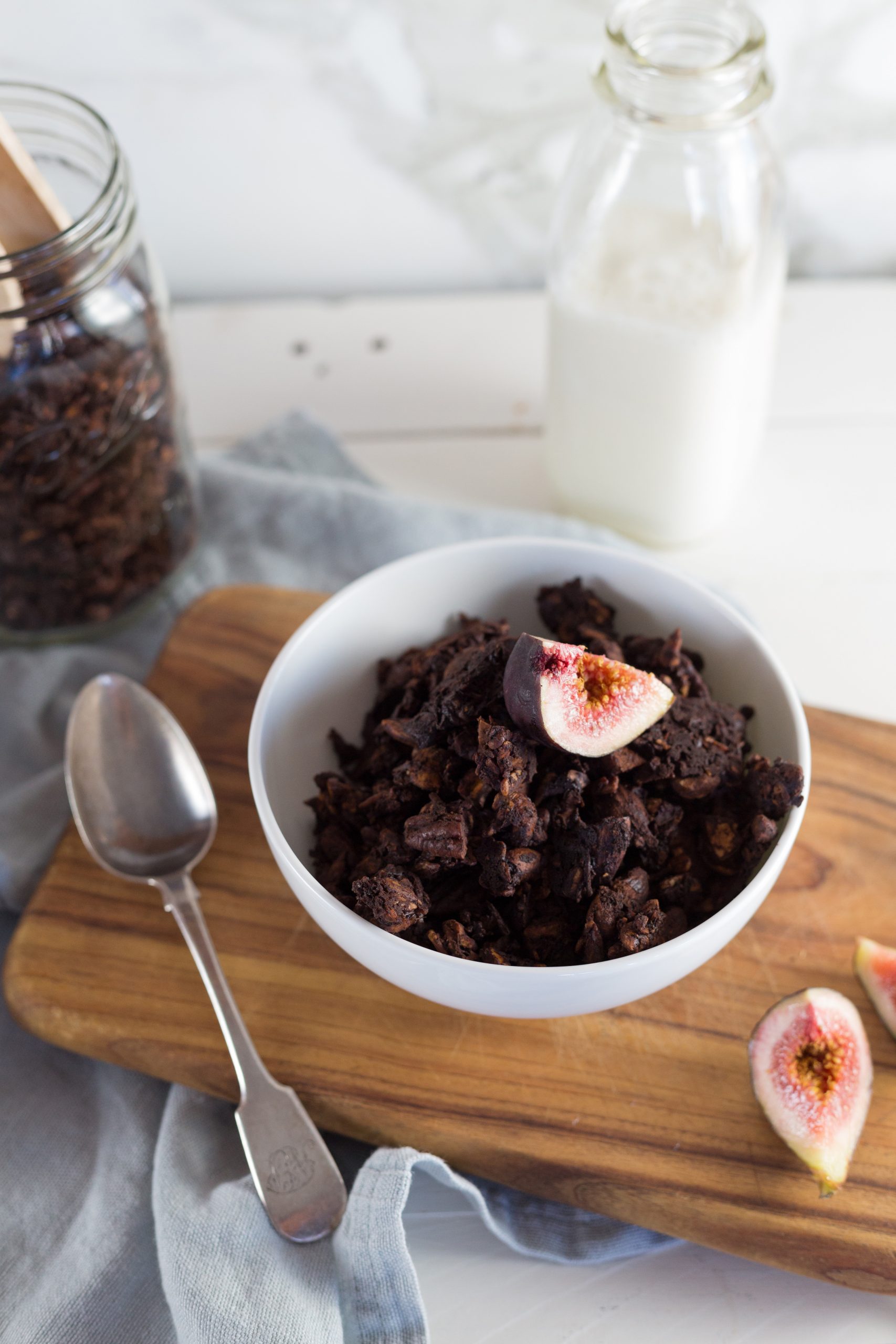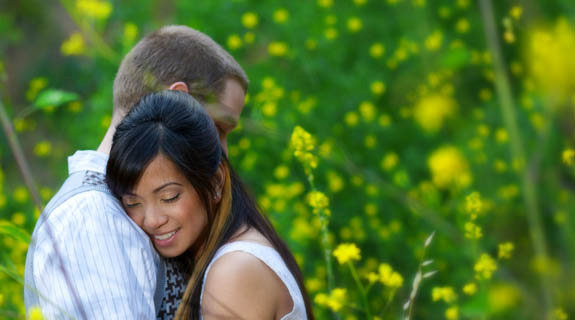It’s a fast-paced hectic world we live in (which is why we’ve made this article short). This Chinese New Year, let’s take inspiration from the people who make their wellbeing a priority by using ancient wisdom and traditional wellbeing practices.
Traditional Medicine
At the heart of Chinese wellbeing practices lies Traditional Chinese Medicine (TCM), a comprehensive system that dates back thousands of years. TCM views health as a harmonious balance of yin and yang, vital energy (qi), and the five elements. Acupuncture, herbal medicine, massage (Tui Na), and qigong are well-known components of TCM.
Tai Chi and Qigong
These are mind-body practices that emphasize slow, deliberate movements, deep breathing, and meditation. Tai Chi, often described as “meditation in motion,” incorporates graceful, flowing sequences of movements that promote relaxation, balance, and flexibility. Qigong, on the other hand, encompasses a broader range of exercises aimed at cultivating and balancing qi. Both practices are renowned for their numerous health benefits, including stress reduction, improved circulation, and enhanced mental clarity.
Nourishing Food
In Chinese culture, food is not just sustenance; it is also seen as medicine. A traditional Chinese diet focuses on the importance of consuming a balanced diet tailored to individual constitution and health needs. Foods are categorised according to their energetic properties (cooling, warming, yin, yang) and their effects on the body. For example, ginger and garlic are considered warming foods that promote circulation, while leafy greens are cooling and detoxifying. By aligning dietary choices with the principles of TCM, individuals can optimize their health and wellbeing.







